Today the Internet has become ubiquitous, has touched almost every corner of the globe, and is affecting human life in unimaginable ways. We are now entering an era of even more pervasive connectivity where a very wide variety of appliances will be connected to the web. The recent momentum of the IoT is driving the need for embedded systems comprising one or more low-power and resource-constrained computing elements and sensors that are organised into part of a more extensive network. At the same time, this also creates new challenges related to hardware and software design, computational capabilities, energy availability, power management, resource management, communication, security and privacy.
Embedded systems are the backbone of modern technology, from the devices we carry daily to sophisticated industrial machinery. This book unravels the complexities of designing and programming embedded systems, catering to both novices and seasoned engineers. Whether you are delving into microcontrollers, exploring hardware design, or delving into software programming, this book equips you with the knowledge to navigate the challenges and harness the potential of embedded systems.
As the Internet of Things continues to revolutionize industries, homes, and cities, this book serves as a guide to understanding the integration challenges inherent in IoT projects. It provides insights into the skills necessary to navigate this dynamic landscape, from programming considerations to the realization of smart cities. Our exploration delves into the convergence of people, things, data, and processes, illustrating how IoT is not just a technological advancement but a catalyst for the transformation of our world.
While IoT interfaces are practical, they are not yet appropriate for close interactions between the real and virtual worlds, especially when it comes to safety-critical and real-time control systems. Low-level, technically complex design is still needed for tight interactions. Instead of concentrating on defining desired behavior, embedded software designers must contend with interrupt controllers, memory architectures, assembly-level programming, device driver design, network interfaces, and scheduling strategies.
This book is an outcome of our experience of teaching and conducting research activities on embedded systems and IoT. It is written such that all the basic concepts are explained in simplified manner. It is presented in a more conceptual manner rather than mathematical, as required by the new examination system. It is our objective to keep the presentation systematic, consistent, intensive and clear through explanatory notes and figures. It can be useful for researchers, practitioners, educators and students. This book includes a total of five chapters. It covers introduction, embedded systems, internet of things, internet protocols, networking, processor, cloud communication, IoT platforms and application development.
This book provides a concise overview of the subject and includes unique case stories that serve as examples. Therefore, contemporary embedded systems technologies should be seen as stepping stones toward sound design practice rather than objectively being provided as a collection of facts and techniques. The main points of emphasis need to be on what defines sound design practice and how modern technologies both support and undermine it. The goal of this book is to provide a solid foundation for people looking to learn about basics of embedded systems and internet of things.

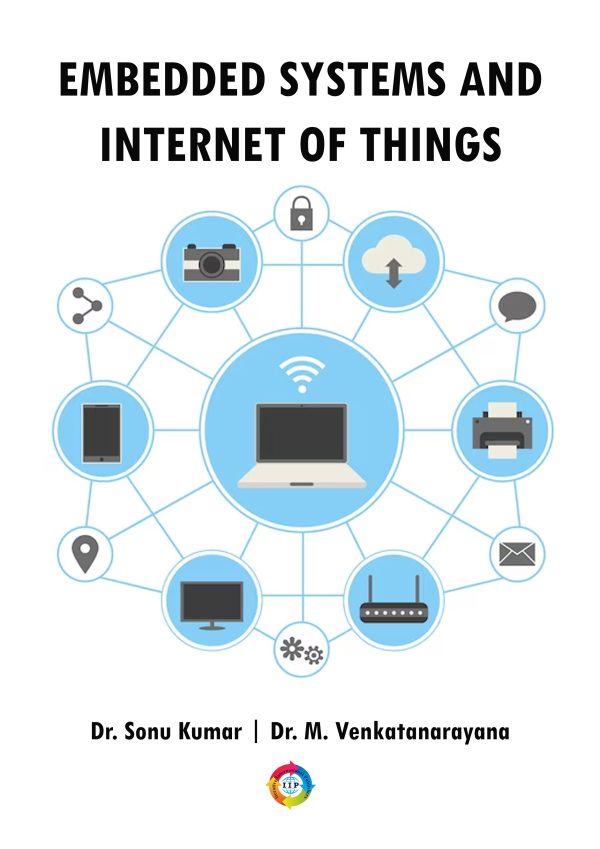
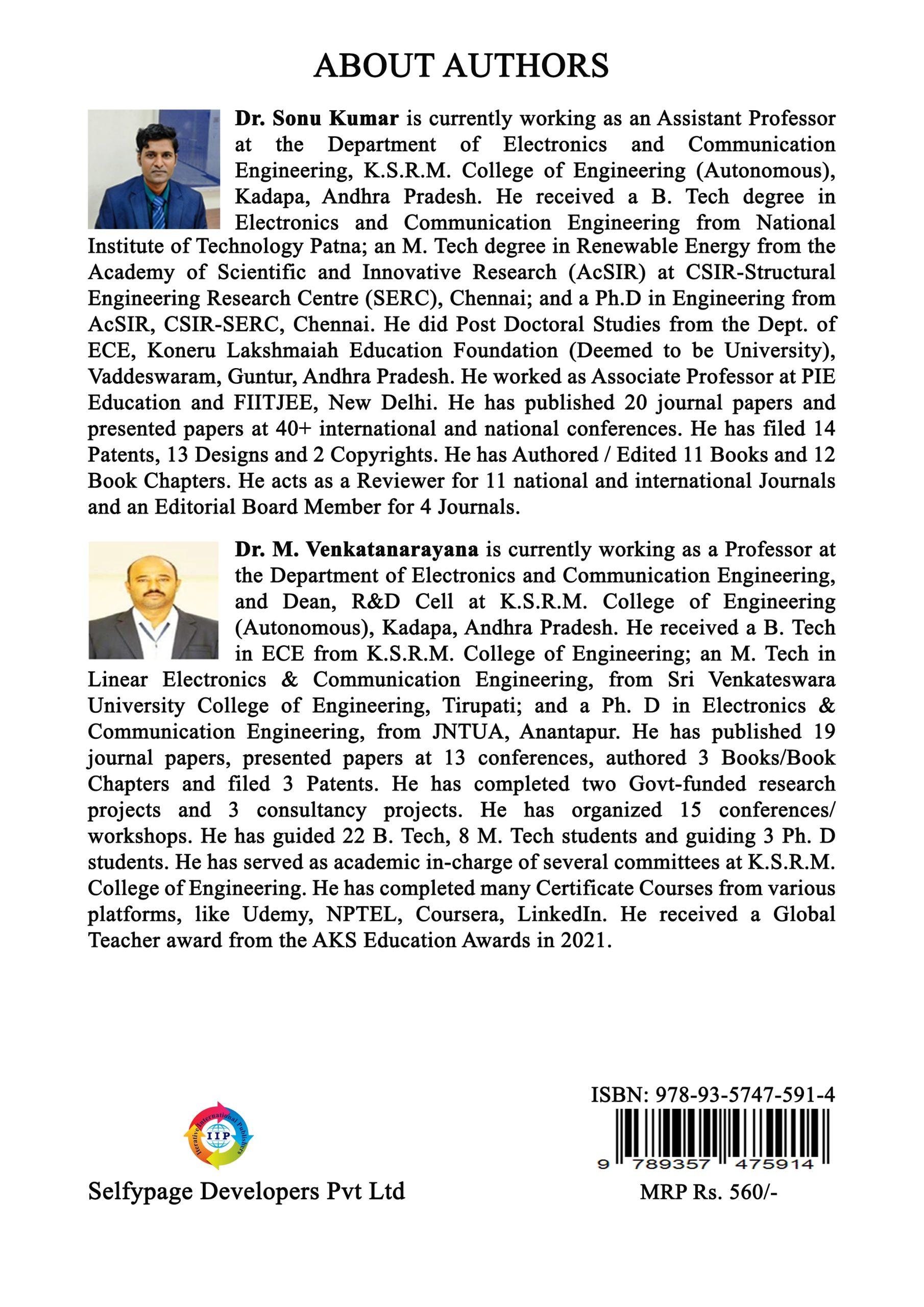
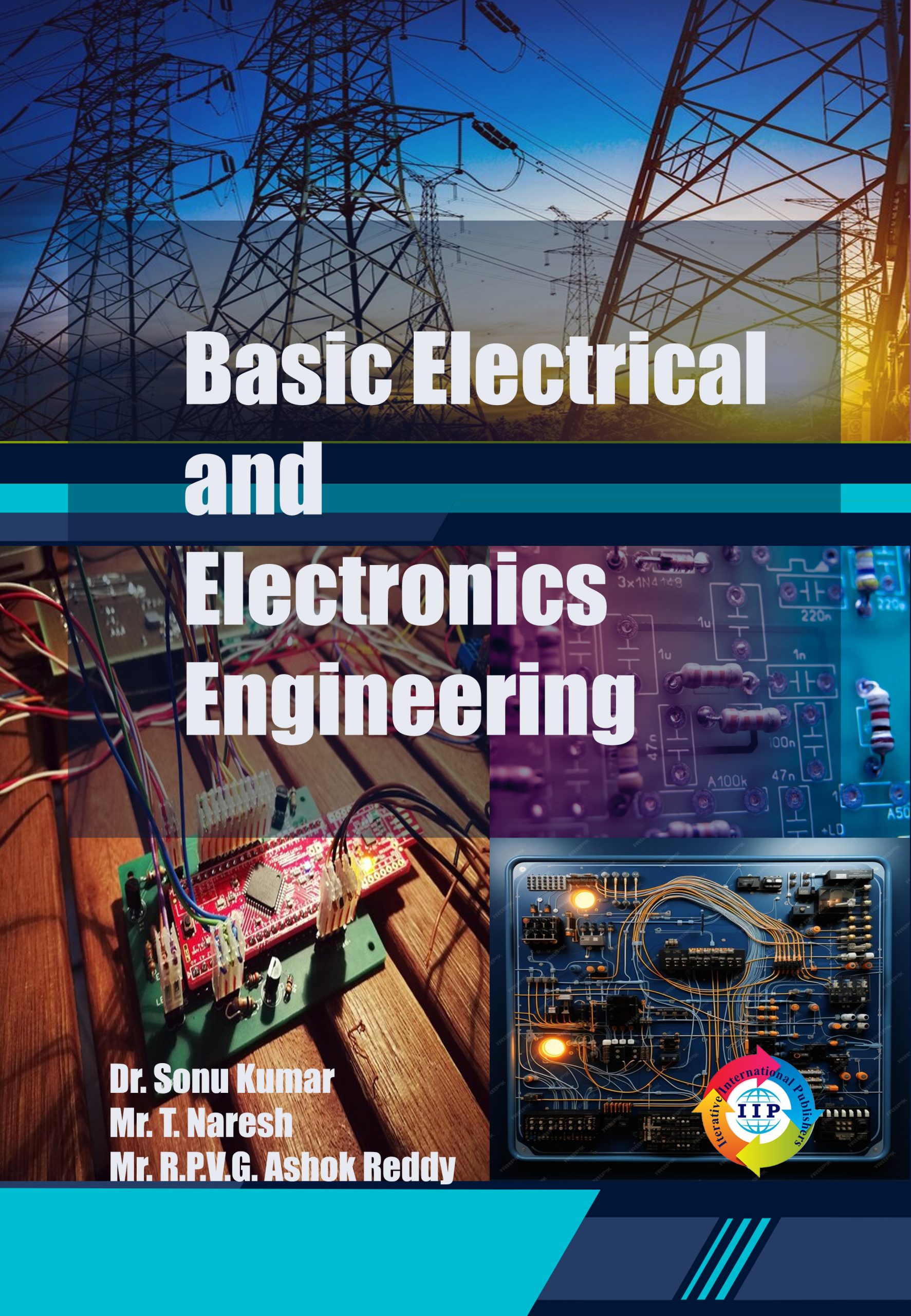
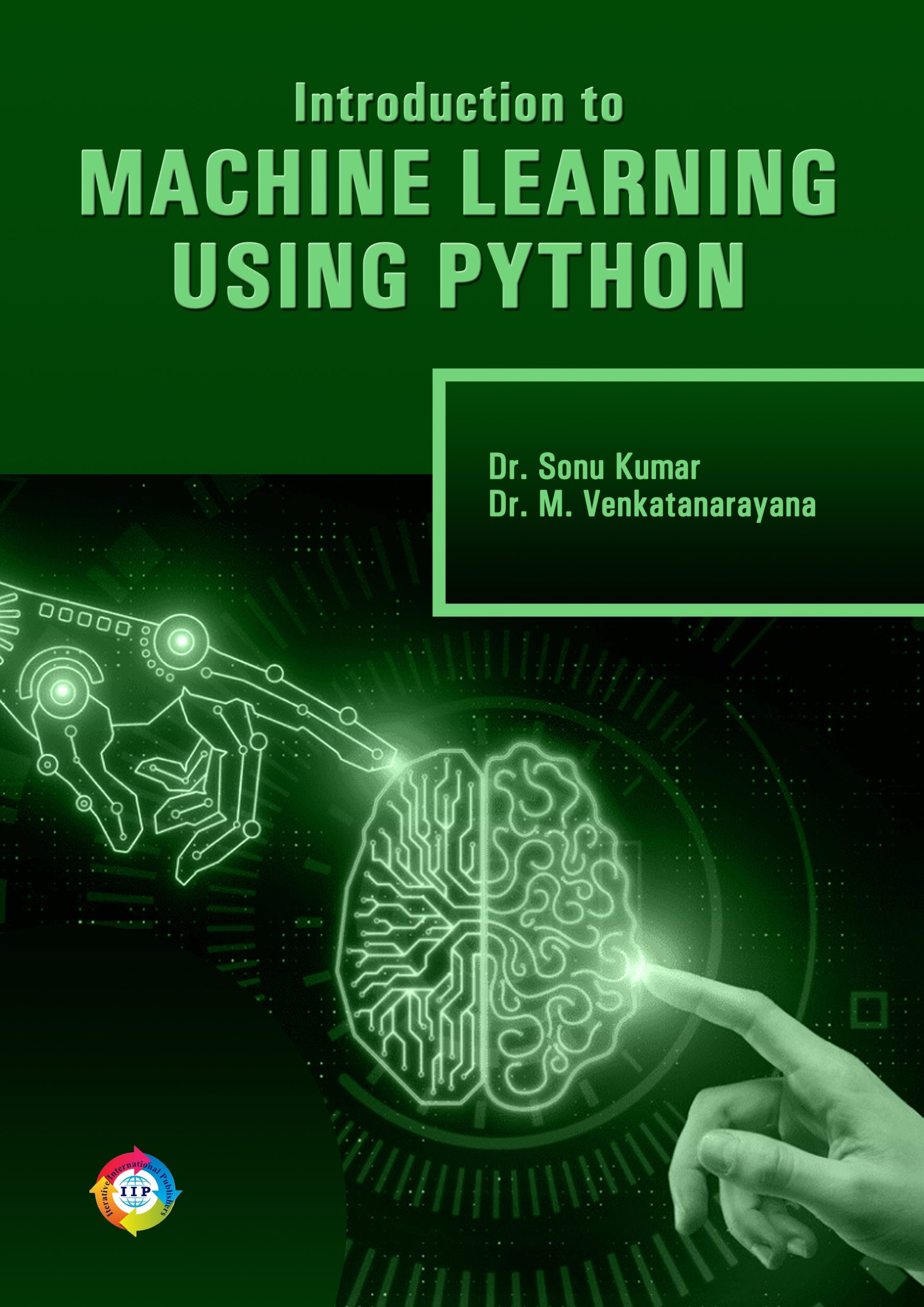
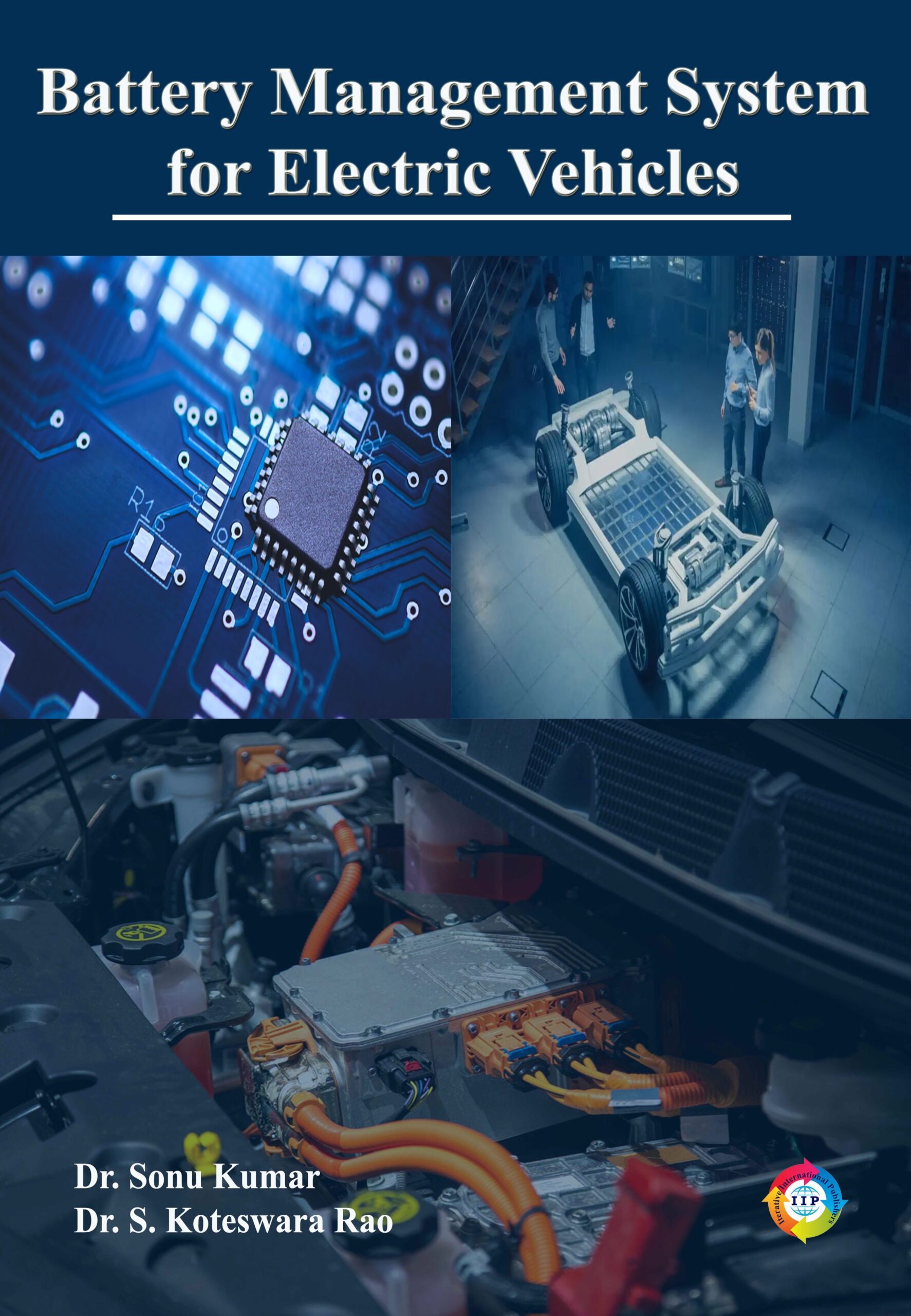
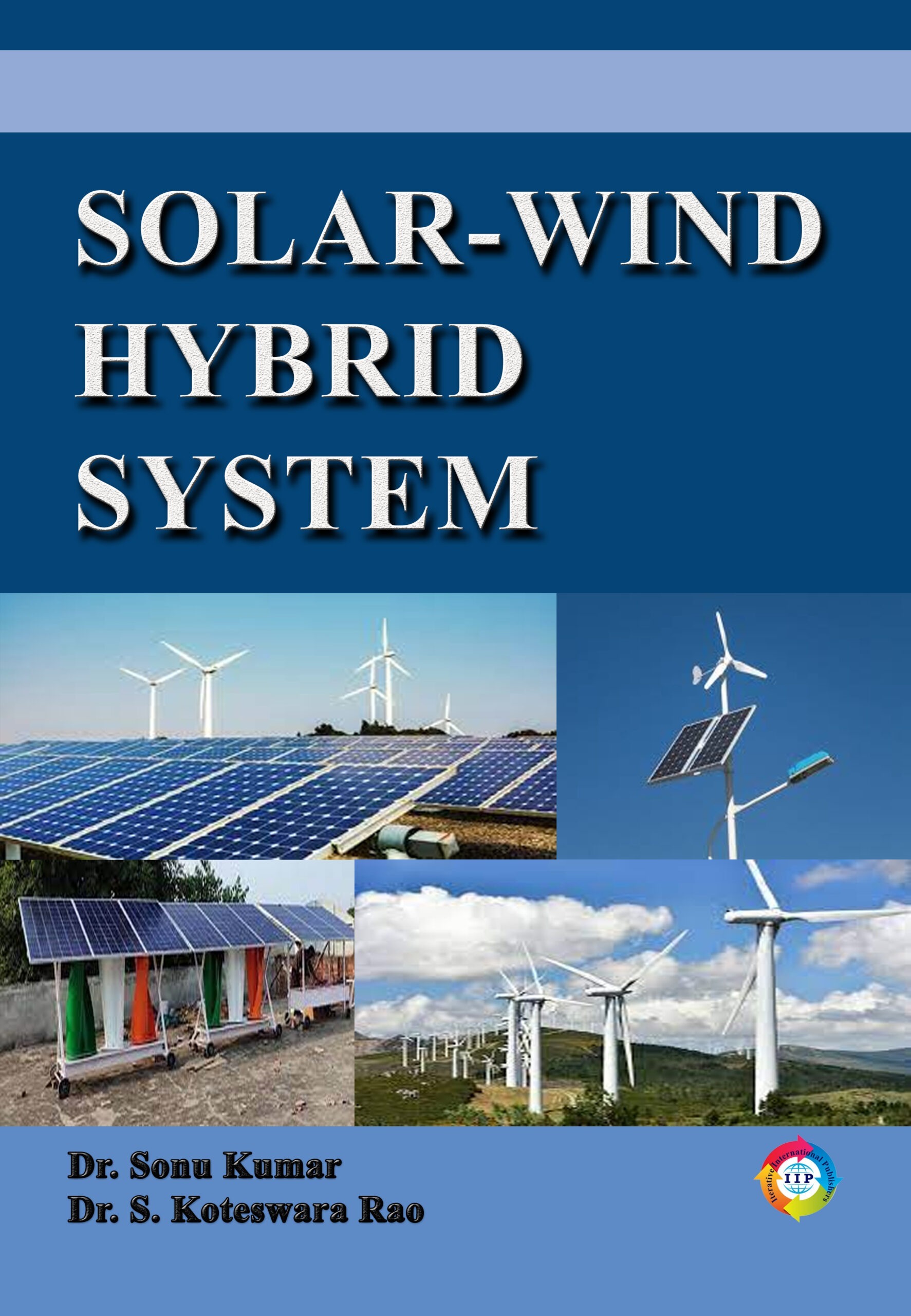
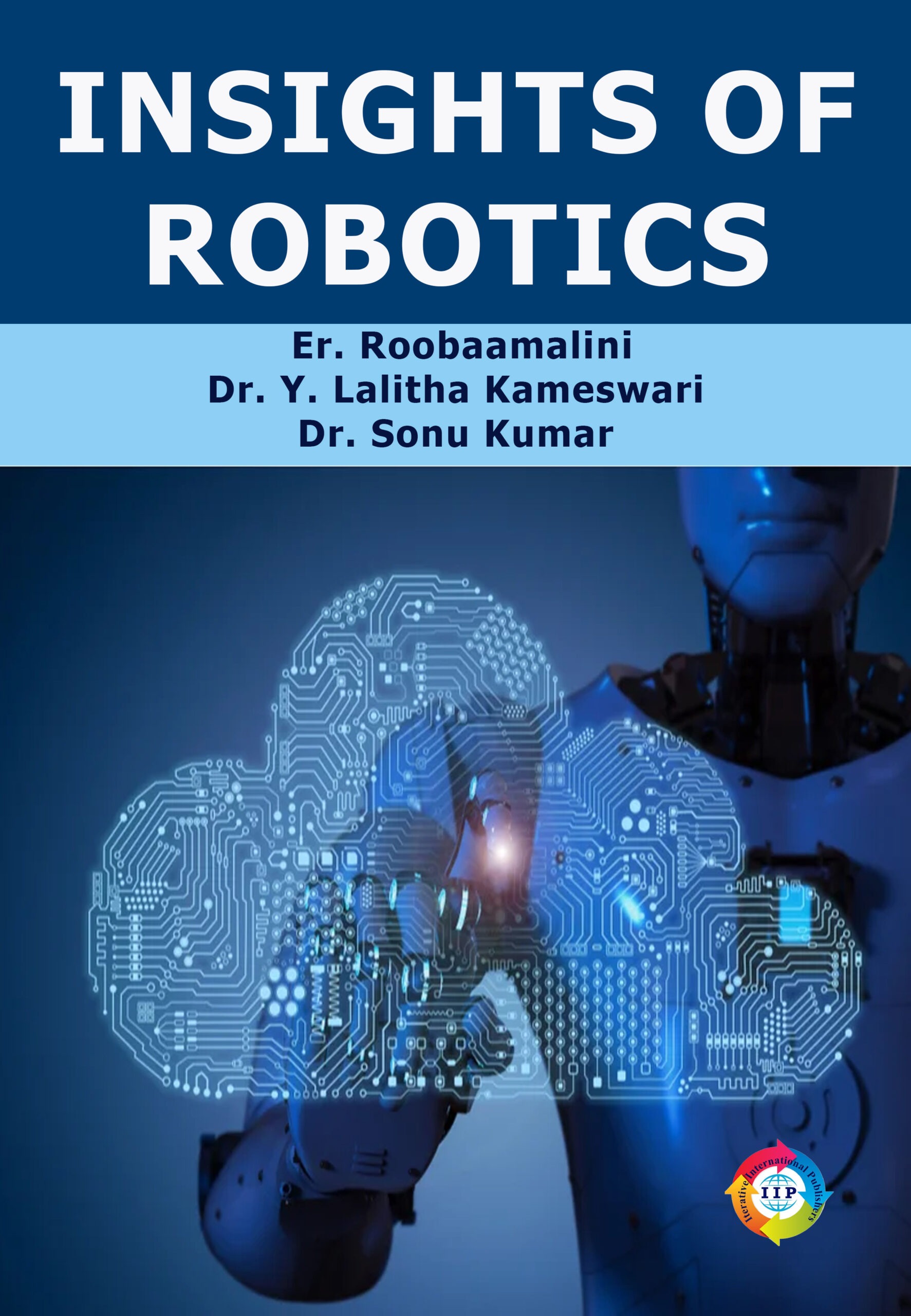



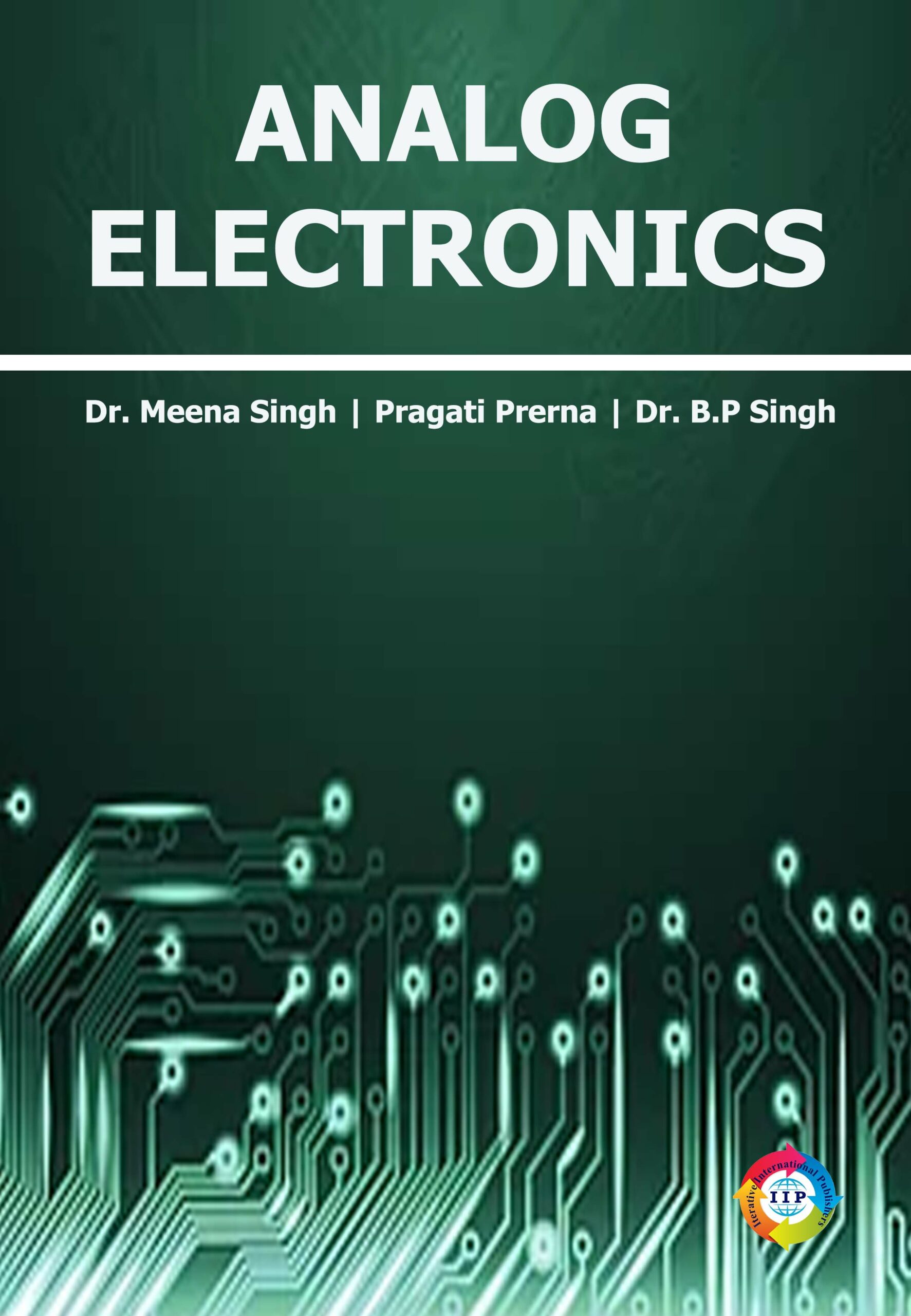
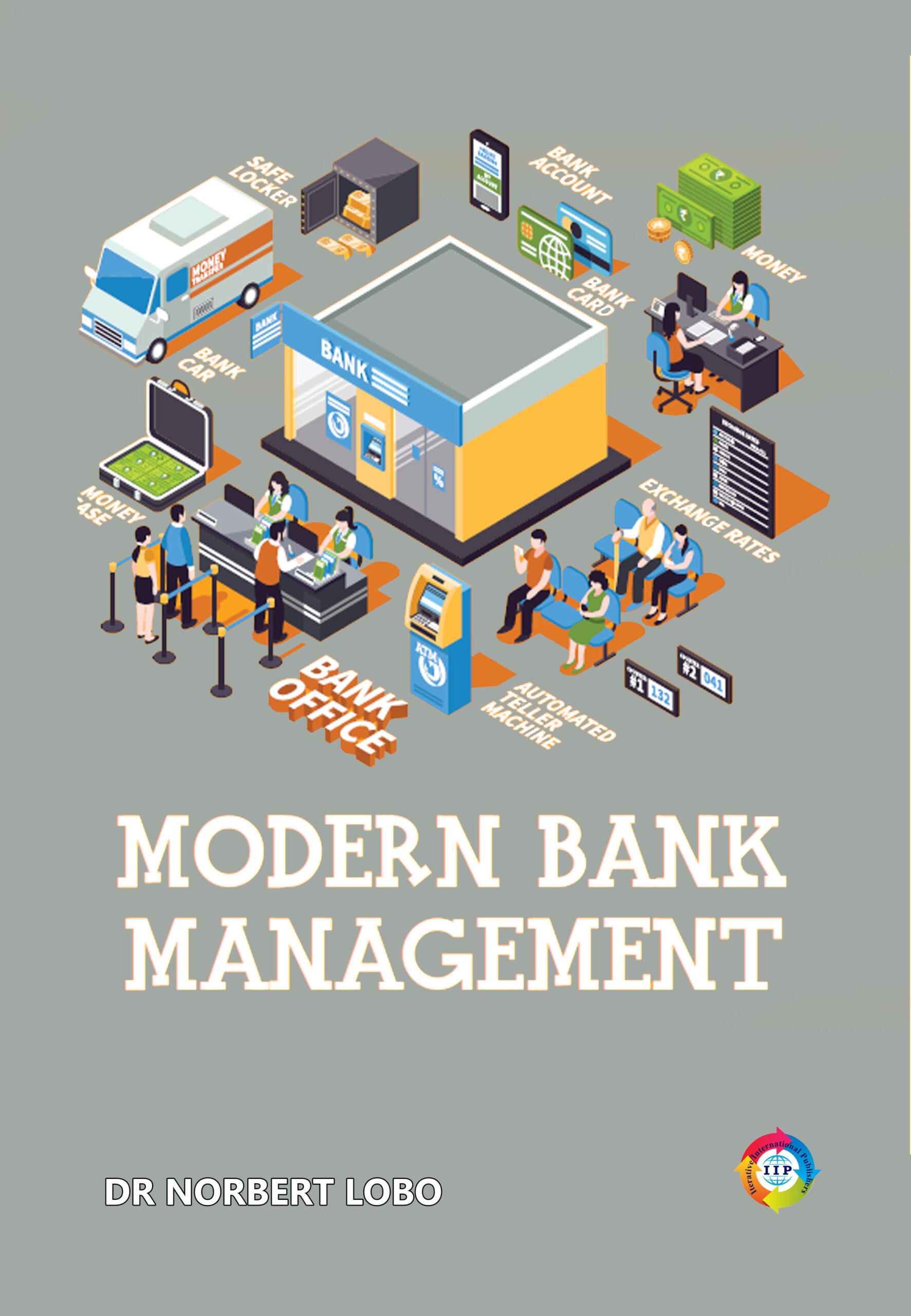

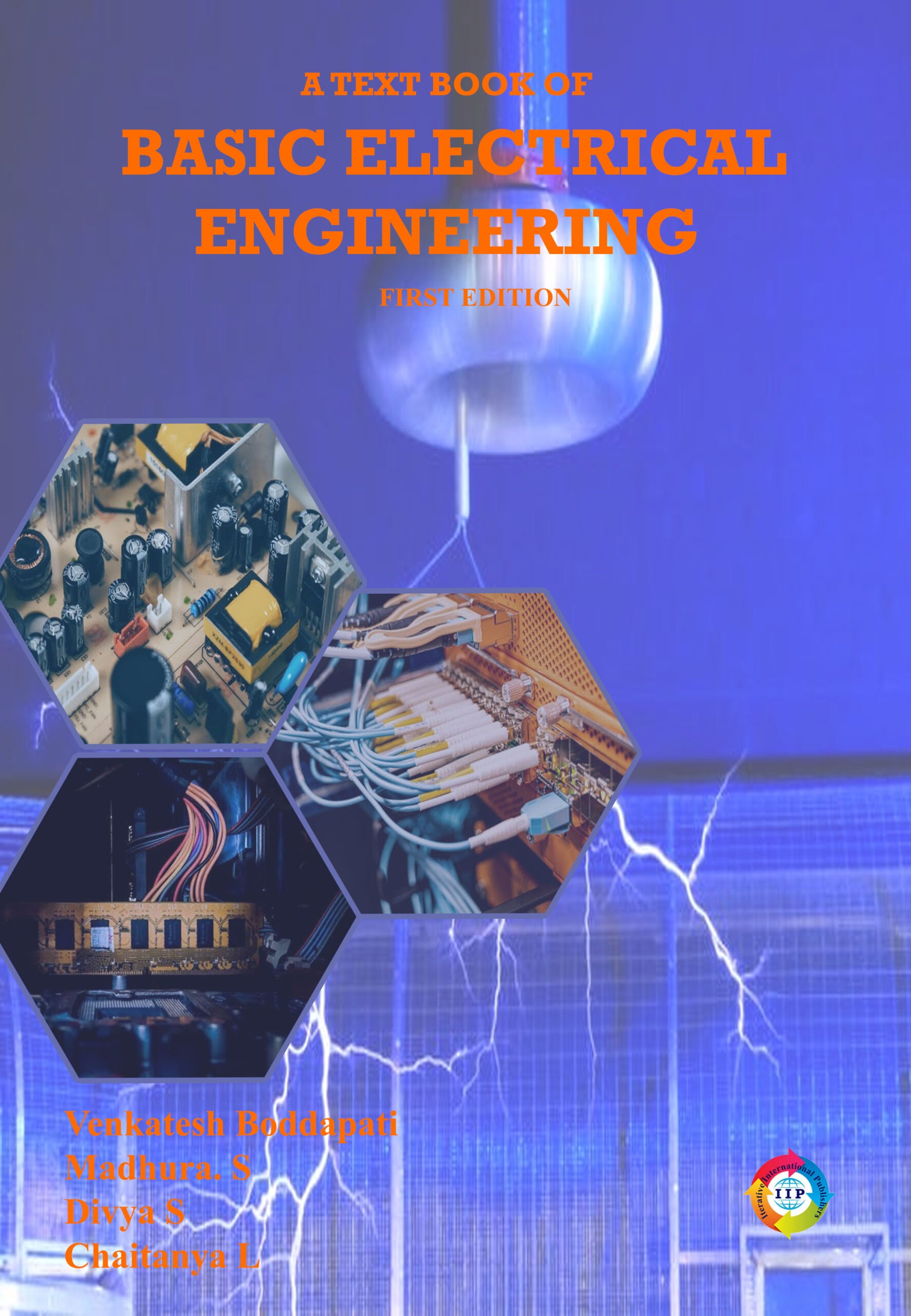
Reviews
There are no reviews yet.